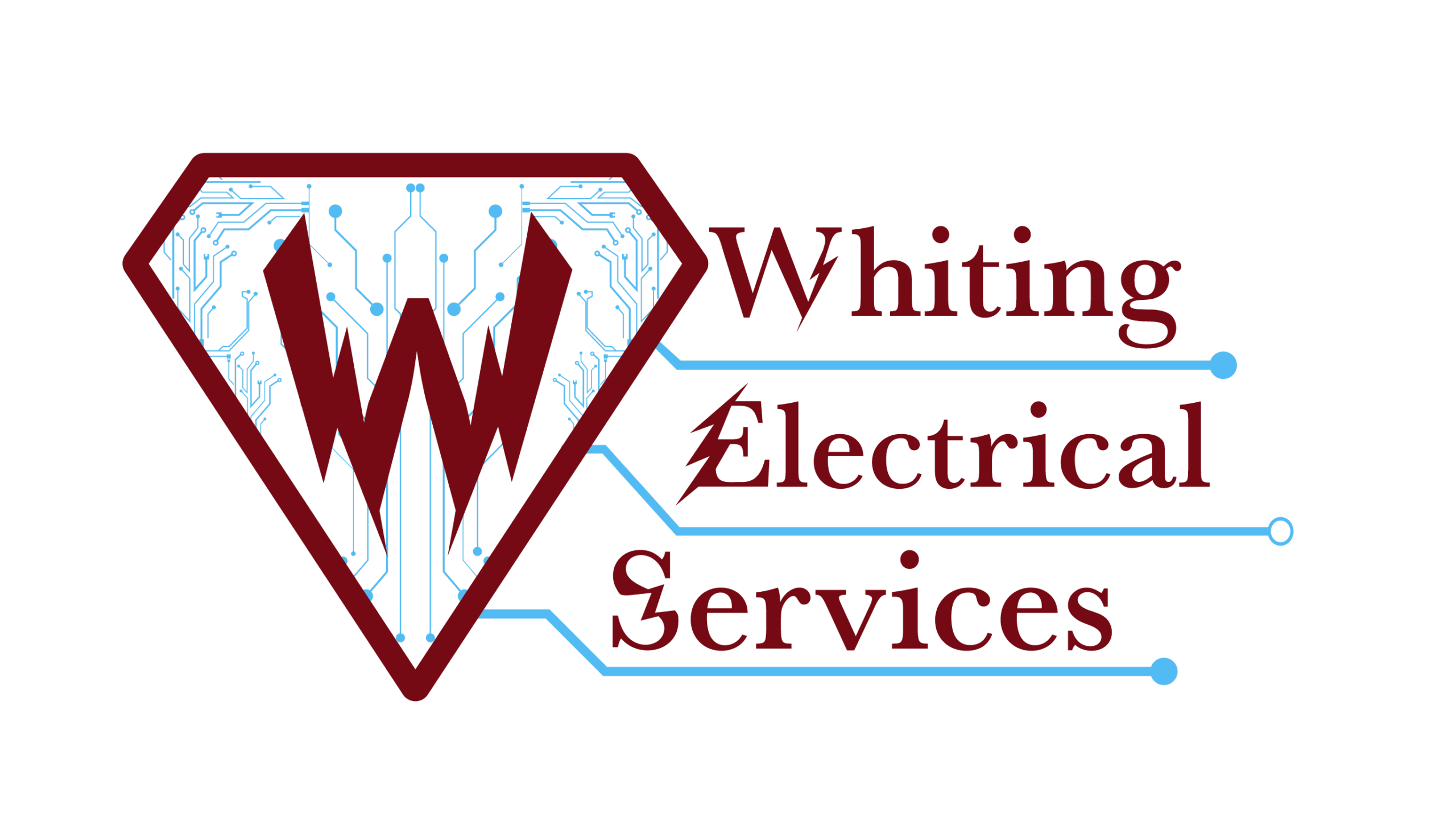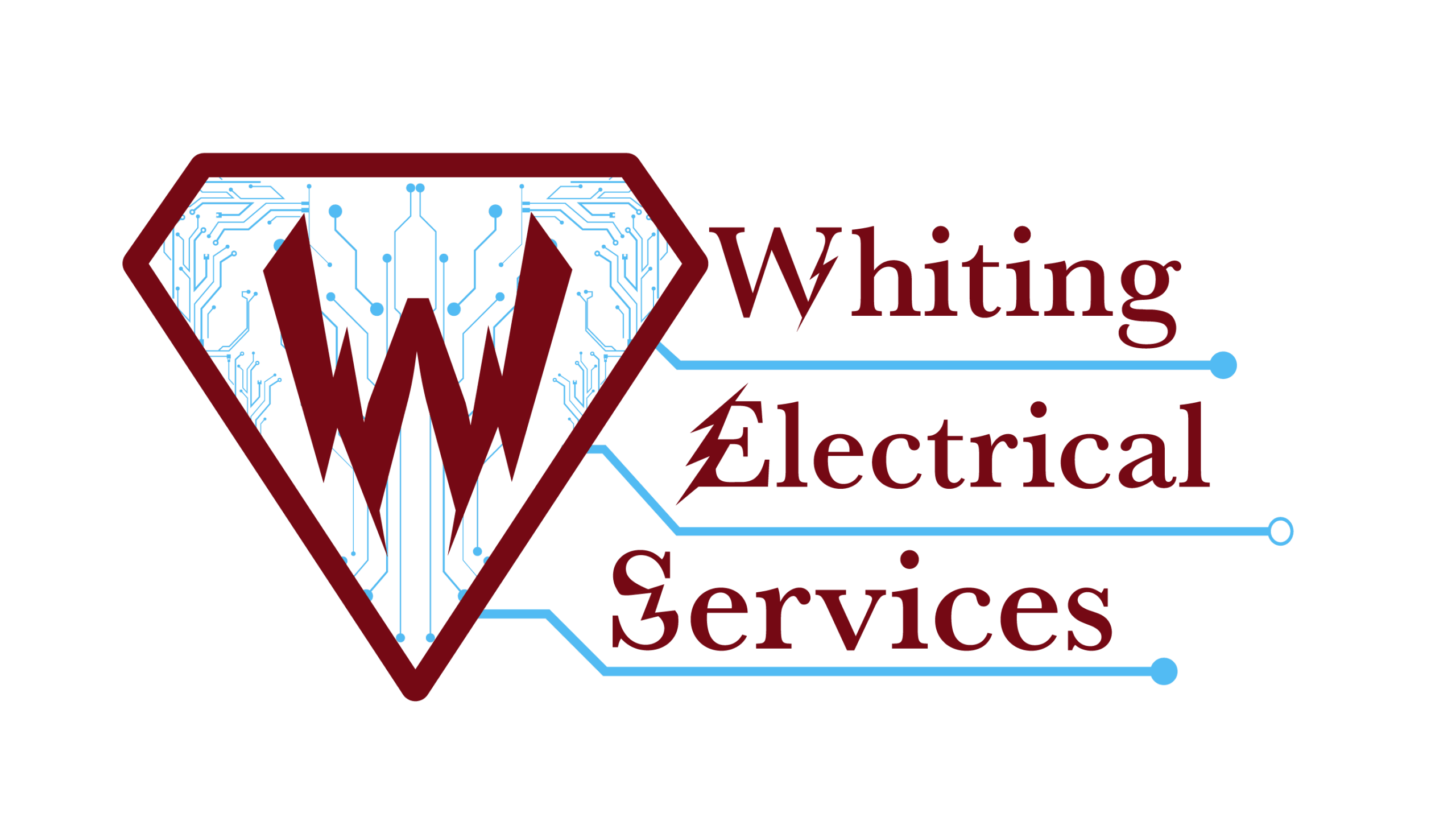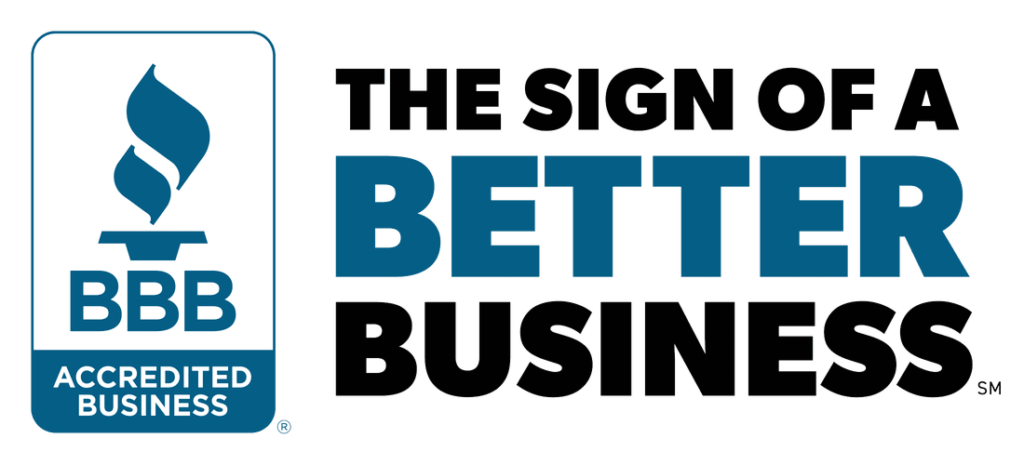The Right Way to Use Power Strips and Extension Cords
Power strips and extension cords are common in nearly every home. They offer convenience, allowing us to power multiple devices from a single outlet or reach distant corners of a room. This convenience, however, often leads to complacency and dangerous misuse. Electrical fires are a significant hazard in the United States, and the improper use of these devices is a major contributing factor. Many people unknowingly create serious risks by overloading circuits or using damaged equipment. Understanding the proper function, limitations, and warning signs of these tools is not just technical knowledge; it is a fundamental part of home safety.
These devices are so integrated into our daily lives that we forget they are handling live electrical currents. Every cord and power strip has a specific limit to the amount of electricity it can safely manage. When these limits are exceeded, the result can be catastrophic. Overheating can melt plastic casings, damage appliance plugs, and ignite nearby materials like carpets, curtains, or furniture. For residents in Greenville, NC, ensuring your home’s electrical system is used safely is a top priority. Protecting your property and family begins with respecting the limits of your electrical accessories and recognizing when you need a more permanent solution.
Understanding the Difference: Power Strips vs. Extension Cords
It is crucial to first distinguish between extension cords and power strips, as they serve different purposes. An extension cord is a simple, flexible power cable with a plug on one end and one or more outlets on the other. Its primary function is to temporarily extend the reach of a wall outlet. Extension cords come in many varieties. They are rated for indoor or outdoor use, and they have different wire thicknesses, known as gauges. A cord’s gauge determines its capacity to carry current; a lower gauge number signifies a thicker wire that can handle more power.
A power strip, sometimes called a surge protector, also plugs into a wall outlet but features multiple outlets in a single housing. This allows you to plug in several devices at one location. Many power strips include a built in circuit breaker, which is a vital safety feature. This breaker is designed to trip, or shut off the flow of electricity, if the total current drawn by the plugged in devices exceeds the strip’s rating. This action prevents the strip itself from overloading and catching fire
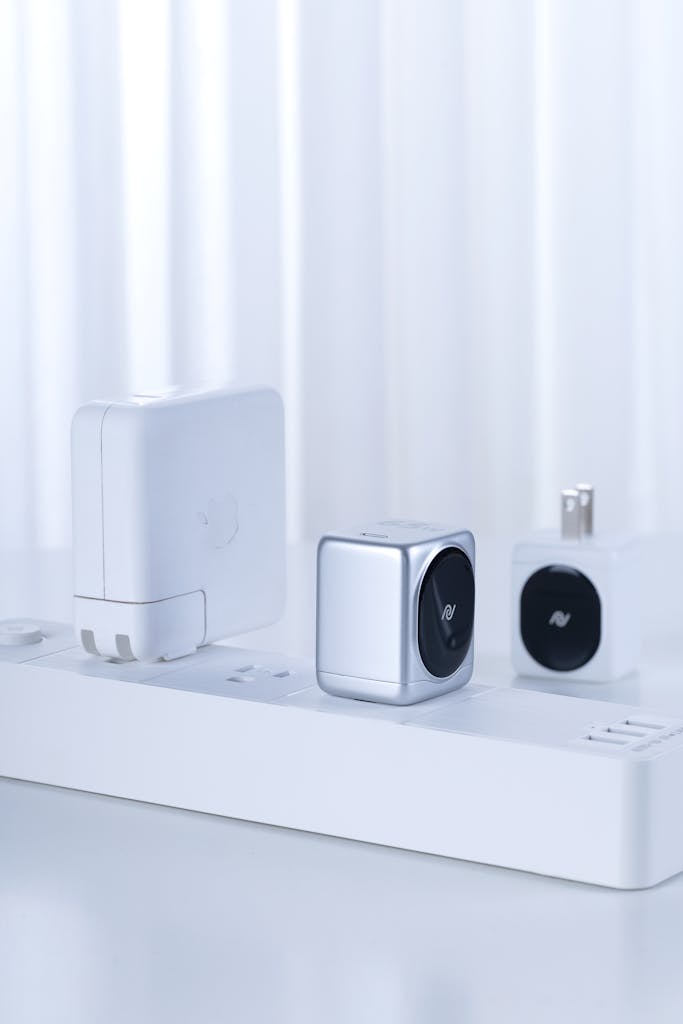
A key distinction exists between a simple power strip and a surge protector. A basic power strip is merely a splitter; it provides more outlets but offers no protection against electrical anomalies. A surge protector, however, is a specific type of power strip that contains additional electronic components. These components are designed to absorb and divert excess voltage, known as power surges. Surges can be caused by lightning strikes, utility grid fluctuations, or even large appliances cycling on and off within your home. A surge protector sacrifices itself to protect your sensitive electronics, like computers and televisions, from this damaging voltage.
The Dangers of Misusing Power Strips
The most significant danger associated with power strips is electrical overload. Every power strip has a maximum load rating, usually listed in watts or amps. This rating represents the total amount of power it can safely distribute. Users often make the critical mistake of plugging in too many devices, or a few devices that draw a very large amount of power. When the total draw exceeds the strip’s rating, the components overheat. This heat builds up, melts the internal wiring and plastic casing, and can easily ignite a fire. The strip’s internal breaker should prevent this, but relying on this small safety device is risky, especially with older or cheaper strips.
A related and extremely hazardous practice is “daisy chaining.” This involves plugging one power strip into another power strip, sometimes creating a long chain of interconnected strips. This is a severe fire hazard. Each strip added to the chain increases the electrical load on the strip before it, and ultimately, on the wall outlet itself. The original outlet is only rated for a certain amount of power. Daisy chaining dramatically increases the risk of overloading that circuit, causing the wall outlet, the building wiring, and the strips themselves to overheat. This practice violates electrical safety codes and should never be done.
Power strips are also not designed to power high amperage appliances. Devices that generate heat or use large motors draw substantial current. This list includes refrigerators, freezers, space heaters, portable air conditioners, microwaves, toasters, and hair dryers. These appliances must always be plugged directly into a dedicated wall outlet. Plugging a space heater into a power strip, for example, will almost certainly overload the strip and lead to a fire. Furthermore, power strips require air circulation to dissipate the small amount of heat they normally generate. Covering them with carpets, blankets, or pushing furniture against them traps this heat, creating a dangerous fire risk even under a normal load.
Finally, power strips are not a substitute for permanent wiring. They are intended for temporary use with low load devices like computers, lamps, and phone chargers. If you find your home relies on a web of power strips to function, the real issue is an insufficient number of wall outlets. Using power strips as a permanent solution means the cords are often subject to physical damage from being stepped on, crushed by furniture, or bent. This physical wear and tear can damage the internal wiring, leading to shorts and fires.
Safe Practices for Using Extension Cords
Using an extension cord safely begins with selecting the right cord for the job. Not all cords are created equal. The most important factor is the cord’s power rating, which is determined by its wire gauge (AWG). A 16 gauge cord is light duty, suitable for lamps or clocks. A 14 gauge cord is medium duty, and a 12 or 10 gauge cord is heavy duty, necessary for power tools or larger equipment. Using an undersized cord, like a thin 16 gauge cord for a power saw, will cause the cord to dangerously overheat. The cord itself can melt, posing a significant fire and shock risk.
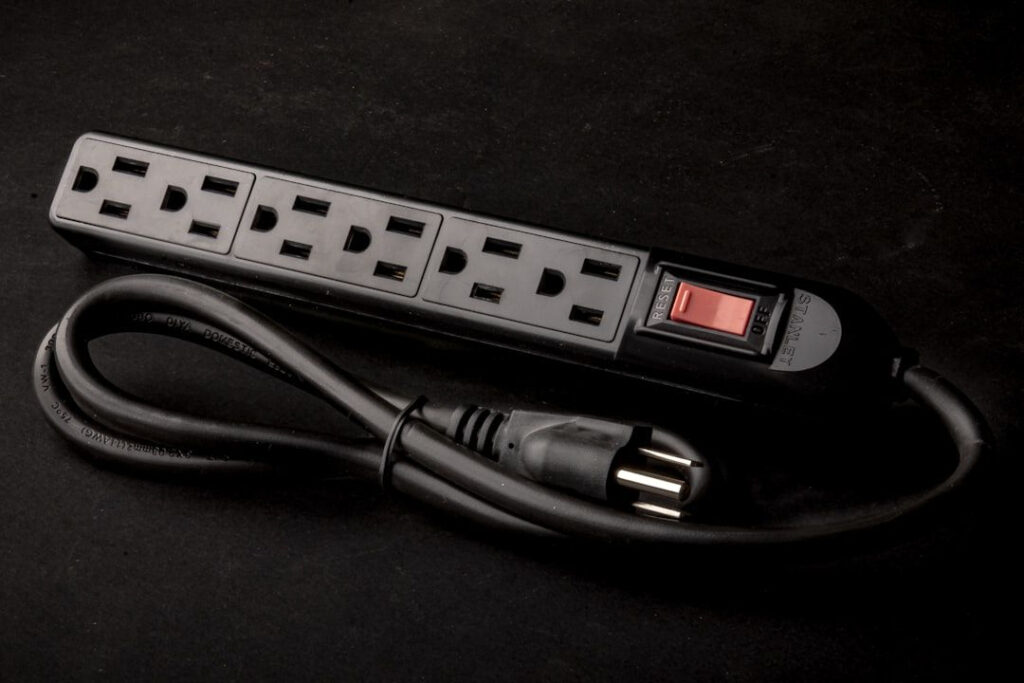
You must also match the cord to its intended environment. Extension cords are specifically labeled as “Indoor Use Only” or “Suitable for Outdoor Use.” Outdoor cords have durable, weather resistant jackets designed to withstand moisture, sunlight, and temperature changes. Using an indoor cord outside is incredibly dangerous. Moisture can easily penetrate the jacket, causing a short circuit and a severe shock hazard. The materials used for indoor cords are not UV stable and will crack and degrade in the sun, exposing live wires.
Proper inspection and placement are critical. Before every single use, physically inspect the entire length of the extension cord. Check the plug, the outlet end, and the cord itself for any signs of damage. This includes cracks in the casing, frayed wires, or exposed conductors. If a cord is damaged in any way, it must be discarded immediately; do not attempt to repair it with electrical tape. When in use, never run an extension cord under a rug, carpet, or through a closed doorway. Covering the cord traps heat, just like with a power strip. Running it through a doorway or window can pinch the cord, damaging the internal wires and creating a fire hazard. Cords should never be secured with staples or nails, as this can puncture the insulation.
The rule of “temporary use” is paramount. Extension cords are not permanent wiring. They are designed for short term or intermittent tasks, like using a vacuum cleaner or a drill. Leaving an extension cord in place for weeks, months, or years is a common mistake. They are not built to withstand the long term physical abuse of foot traffic or furniture. This prolonged use leads to wear and tear, eventually causing the cord to fail. If you need permanent power in a location, the only safe solution is to have a licensed electrician install a new, permanent outlet.
Reading the Labels: Understanding Ratings and Certifications
To use power strips and extension cords safely, you must be able to read and understand their labels and markings. The most important marking to look for is a certification from a Nationally Recognized Testing Laboratory (NRTL). The most common certification mark in the United States is “UL” from Underwriters Laboratories. Other marks include “ETL” from Intertek or “CSA” from the CSA Group. These marks indicate that the product has been independently tested and meets established safety standards. Never purchase or use any electrical product that does not have a certification from an NRTL.
Every power strip and extension cord has specific electrical ratings, which are usually stamped on the plug, the cord, or on a tag. You will find ratings for wattage (W), voltage (V), and amperage (A). The amperage rating is the most critical for safety. This number tells you the maximum amount of electrical current the device can handle. For example, a common power strip might be rated for 15 amps. The total current drawn by all devices plugged into that strip must not exceed 15 amps. You can typically find the amp or watt draw on a label on the back of each appliance.
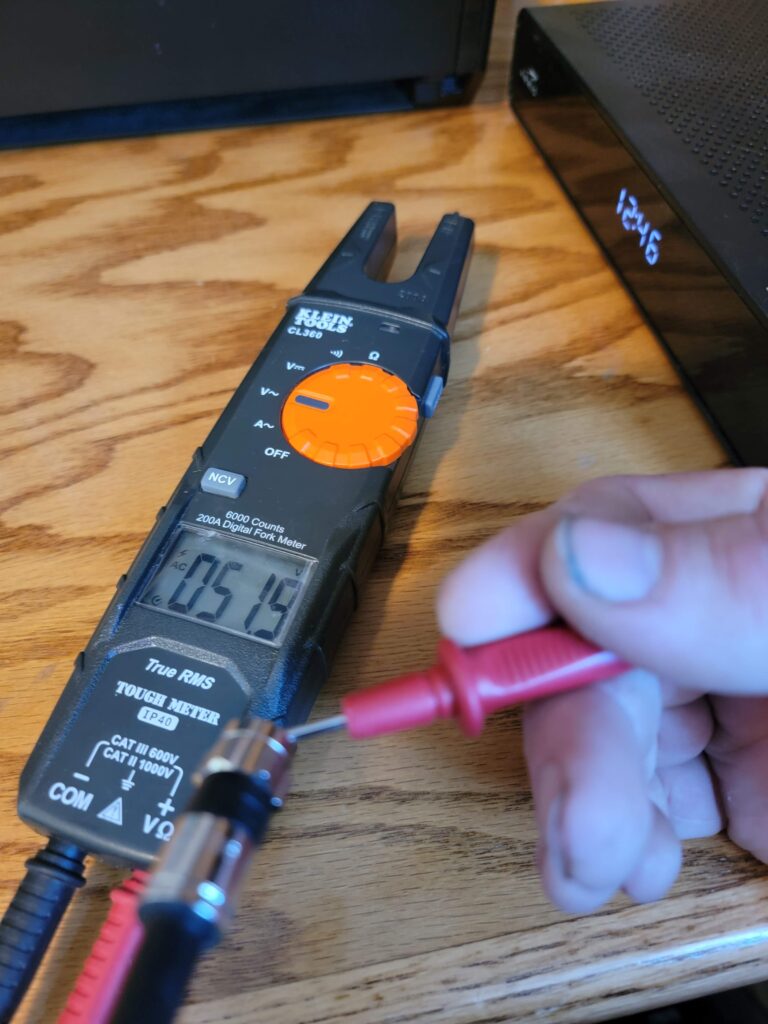
Extension cords have their own set of codes printed or embossed on the outer jacket. These letters tell you about the cord’s construction and intended use. For example, an “S” indicates a standard, flexible service cord. “SJ” means “junior service,” which is a thinner, less robust cord. A “T” means the jacket is made of thermoplastic, while an “E” would mean it is made of elastomer. A “W” is one of the most important letters; it signifies that the cord is rated for outdoor (weather) use. Understanding these codes helps you choose the correct cord. A heavy duty, outdoor cord might be marked “SJEOW,” indicating a junior service cord with an elastomer jacket rated for outdoor use and oil resistance.
The wire gauge, or AWG (American Wire Gauge), is also listed. Remember that a lower number is better; it means a thicker wire. A 12 AWG cord can carry more power with less voltage drop and heat buildup than a 16 AWG cord. Always check the power requirements of the tool or appliance you are using and select an extension cord with a gauge appropriate for that load and the length you are running. A longer cord requires a thicker wire to handle the same load safely.
What is a Surge Protector and Why Do You Need One?
While many people use the terms “power strip” and “surge protector” interchangeably, they are very different. A basic power strip is just an extension cord with multiple outlets. It offers no protection at all against power surges. A surge protector is a specialized device that actively defends your electronics. It contains components, most commonly Metal Oxide Varistors (MOVs), that monitor the voltage coming from the wall outlet. Under normal conditions, the MOVs do nothing. When they detect a voltage spike above a certain level, they instantly divert the excess electricity away from your devices and safely to the ground wire.
Power surges are more common than most people realize. Lightning is the most dramatic cause, but it is not the most frequent. The majority of surges are small and internally generated. They happen when large appliances in your home, like an air conditioner or refrigerator, cycle on and off. The utility company switching power grids can also send small surges down the line. These small, frequent surges slowly degrade the sensitive microprocessors in your computers, televisions, and smart devices. This damage accumulates over time, shortening the lifespan of your electronics and causing unexplained failures. A single large surge can destroy them instantly.
When shopping for a surge protector, look for two key ratings: Joules and Clamping Voltage. The Joule rating tells you how much energy the surge protector can absorb before it fails. A higher number is better. A rating of 200 joules is minimal, while a rating of 1000 joules or more offers significant protection for valuable equipment. The clamping voltage is the voltage level that triggers the MOVs to act. In this case, a lower number is better. A clamping voltage of 400 volts or less is recommended for good protection.
It is critical to understand that surge protectors are sacrificial devices. Every surge they absorb, large or small, wears down the MOVs inside. Eventually, they will stop offering protection. Most reputable surge protectors have an indicator light, often labeled “Protected” or “Grounded.” If this light goes out, it means the protective components have been used up, and the device is now just a basic power strip. At that point, it offers no surge protection and must be replaced immediately.
High Load Appliances: What Not to Plug In
The rule is simple and absolute: high load appliances should never be plugged into a power strip or an extension cord. These appliances are designed to draw a large, sustained amount of electricity. Power strips and household extension cords are not built to handle this types of demand. Plugging one in is one of the fastest ways to start an electrical fire.
High load, or high wattage, appliances are generally anything with a heating element or a large motor. This includes refrigerators, freezers, space heaters, portable air conditioners, and window AC units. It also includes kitchen appliances like microwaves, toasters, toaster ovens, coffee makers, electric grills, and slow cookers. Personal care items like hair dryers and curling irons also fall into this category. The heavy, continuous current draw from these items will cause the power strip’s components or the extension cord’s wiring to overheat to dangerous levels.
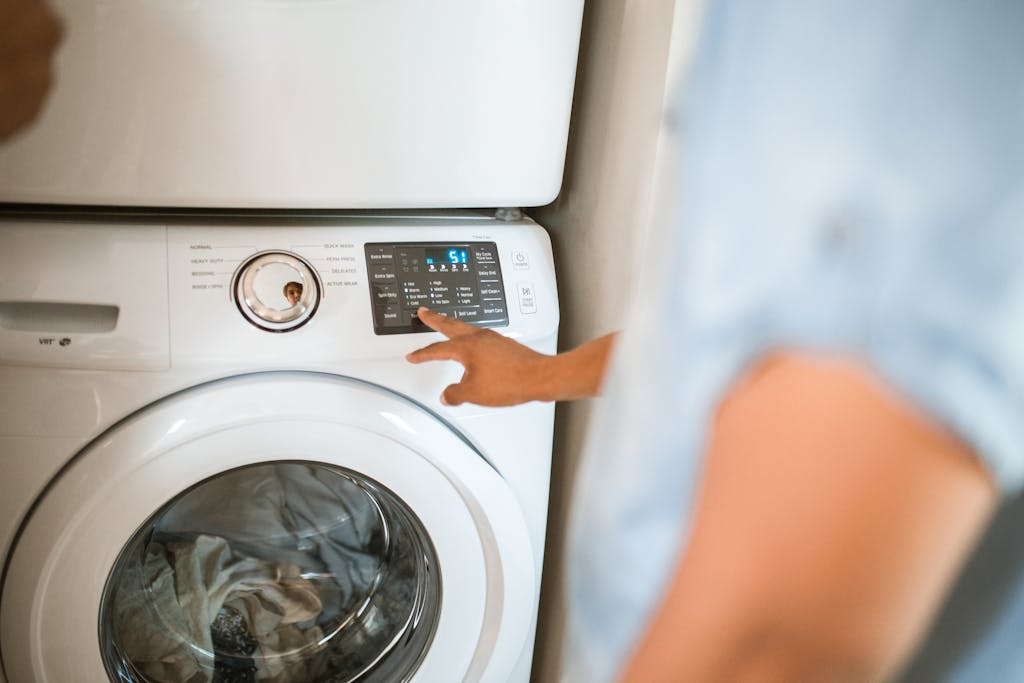
Space heaters are the most notorious offenders. The U.S. Consumer Product Safety Commission estimates that portable electric heaters are involved in thousands of fires each year. Many of these fires are a direct result of the heater being plugged into a power strip or an extension cord. The strip simply cannot handle the 1500 watts of continuous power, causing it to melt and ignite. Refrigerators and freezers, while drawing less power than a heater, cycle on and off. This cycling can wear out a power strip’s components, and if the strip fails, you risk not only a fire but also the spoilage of all your food.
These appliances must be plugged directly into a wall receptacle. Ideally, major appliances like a refrigerator or a window AC unit should be on their own dedicated circuit. A dedicated circuit is a circuit in your home’s breaker panel that serves only one specific appliance. This ensures the appliance has access to the full power it needs without competing with other devices, and it prevents the circuit from being overloaded. If you find yourself needing to use an extension cord for a major appliance, it is a clear sign that your home’s wiring is inadequate for your needs.
When to Call a Professional Electrician
Relying heavily on power strips and extension cords is often a symptom of a larger problem: an outdated or insufficient electrical system. If your home does not have enough outlets to meet your needs, the only safe and permanent solution is to have more outlets installed by a qualified, licensed electrician. This eliminates the clutter and fire hazards associated with excessive cord use.
There are several warning signs that indicate your electrical system is under strain. If your circuit breakers trip frequently, or if your fuses blow regularly, it is a clear indication that your circuits are overloaded. You should also be alert for physical signs of trouble. These include scorch marks or discoloration around wall outlets, a buzzing or crackling sound coming from an outlet or switch, or a persistent burning smell. If lights in your home dim or flicker when a large appliance turns on, it suggests the circuit is overloaded. These are serious hazards that require immediate attention from a professional.
A licensed electrician can perform a thorough electrical inspection of your Greenville home. They can assess your current and future power needs and recommend the safest solutions. This may involve installing new grounded outlets, which are essential for modern appliance safety. They can also install dedicated circuits for high load appliances like your microwave, refrigerator, or a new window air conditioner. For sensitive and expensive electronics, a professional can install a whole house surge protector directly at your main electrical panel. This device protects every outlet in your home from external surges, providing a much higher level of protection than individual plug in strips.
Attempting to perform electrical work yourself is extremely dangerous and often illegal. Improper wiring is a major fire and shock hazard. For the safety of your family and the protection of your property, always trust a professional. Whiting Electrical Services has the expertise to diagnose your home’s electrical issues and provide safe, code compliant solutions that give you the power you need, right where you need it.
Power strips and extension cords are useful tools for modern life, but they demand respect and a clear understanding of their limitations. They are not permanent fixes for an inadequate electrical system. Safe use involves choosing the correct, certified device for the task, never overloading it, and never using it to power high wattage appliances. Inspecting cords for damage before each use and understanding that surge protectors wear out are essential safety habits.
Take a moment to look at the cords and strips in your own home. Are they being used as permanent fixtures? Are they hidden under carpets or powering a space heater? Correcting these common mistakes can significantly reduce your risk of a devastating electrical fire. If you find that you cannot function in your home without a maze of cords, it is time for a permanent upgrade. Contact a trusted and licensed electrician like Whiting Electrical Services in Greenville, NC, to ensure your home’s electrical system is safe, adequate, and capable of meeting your family’s needs.
